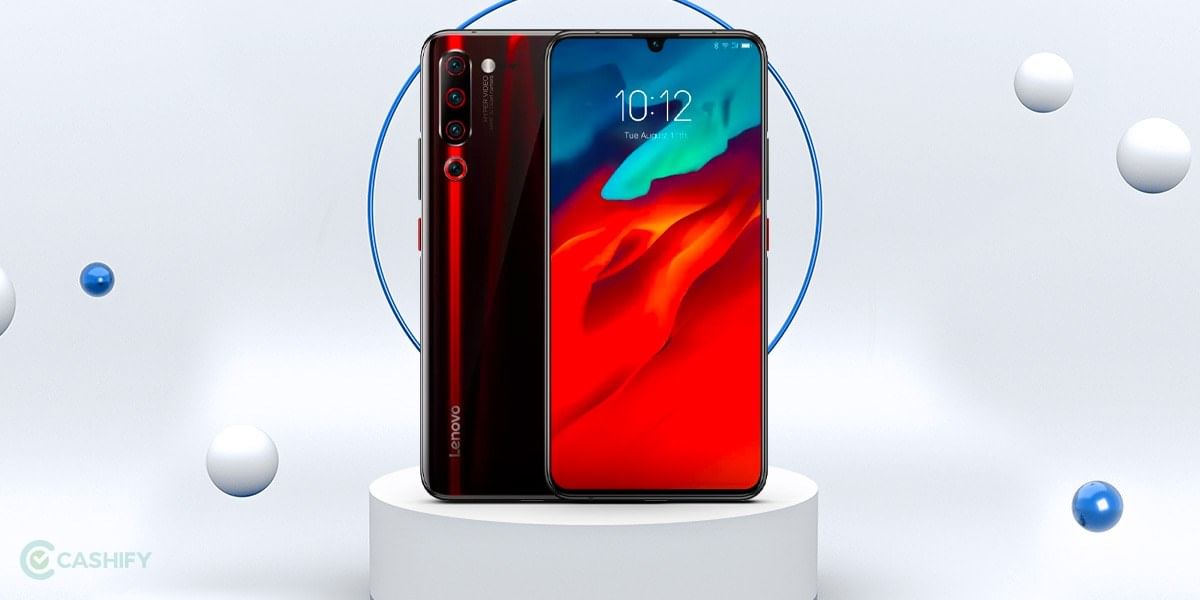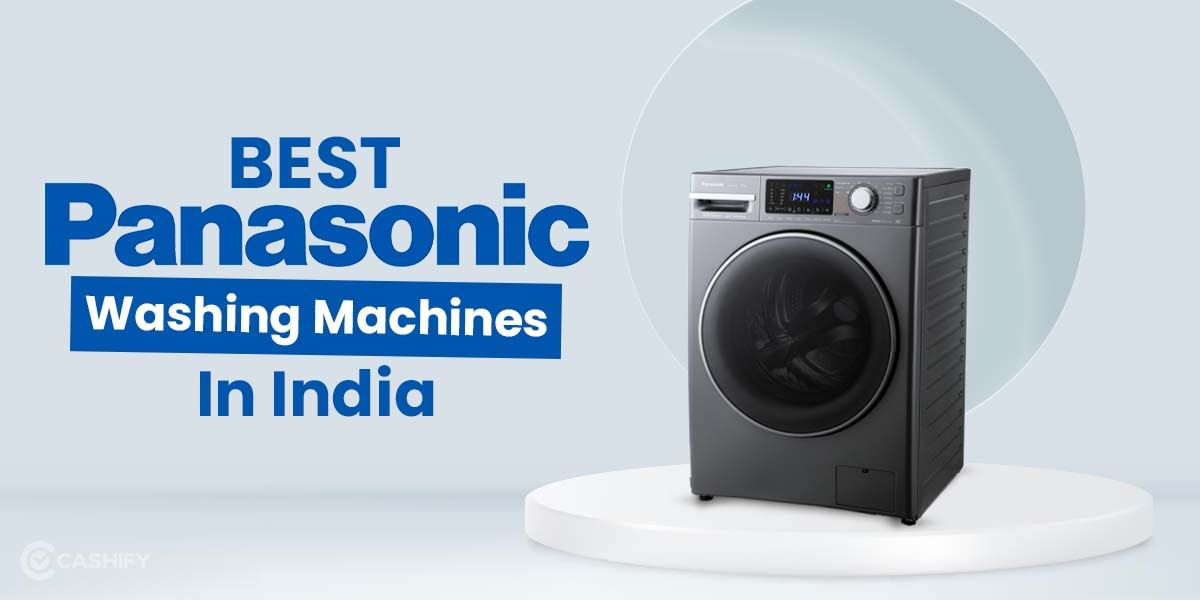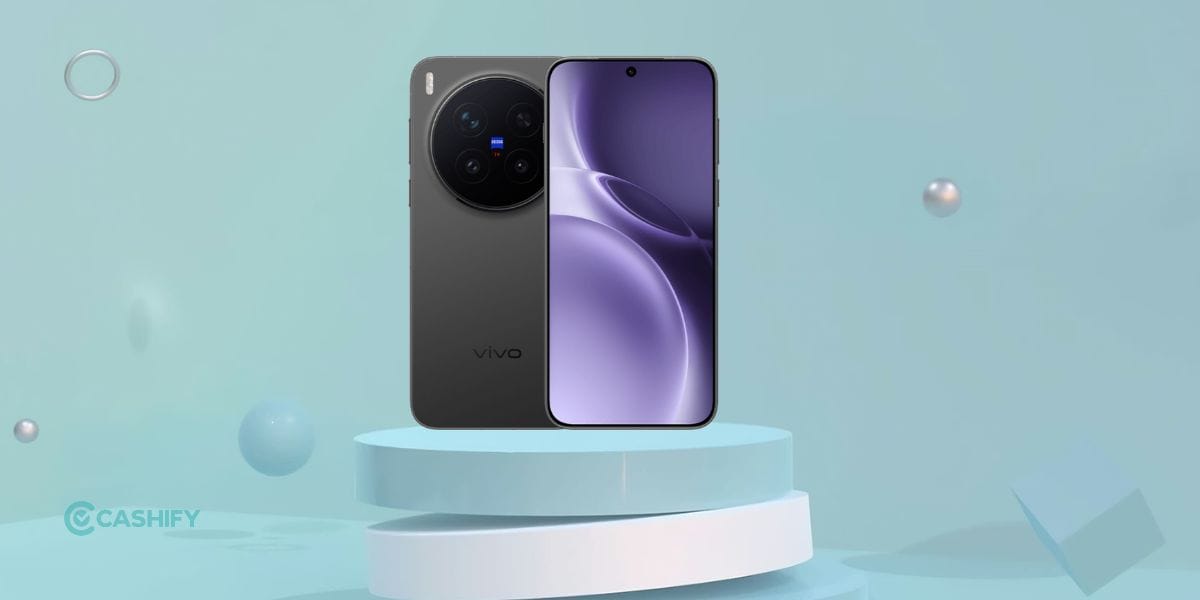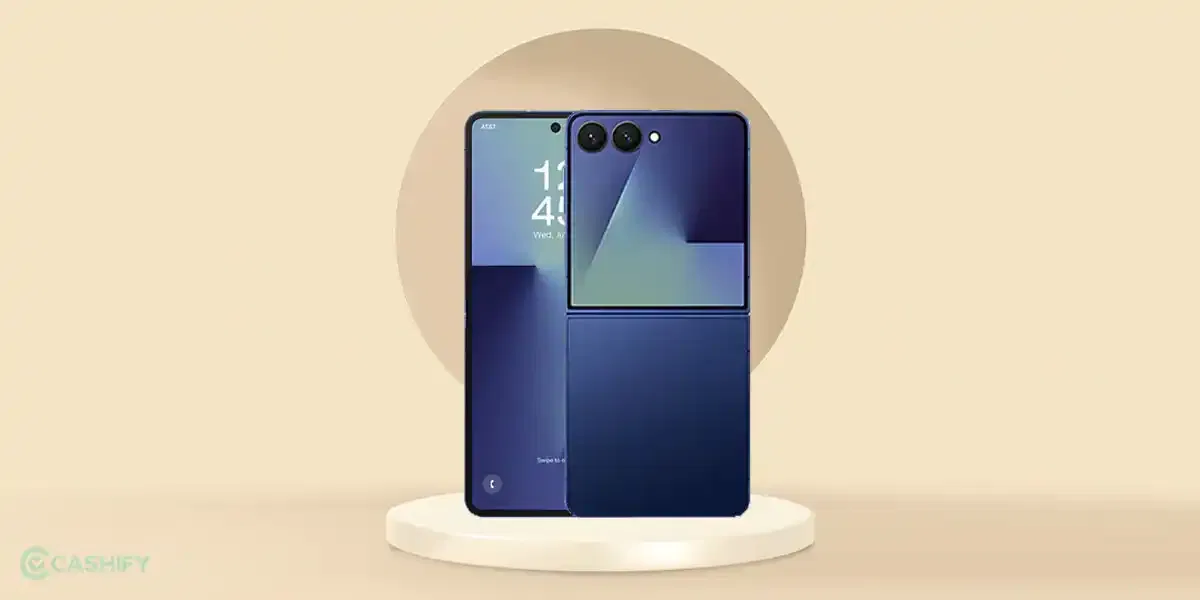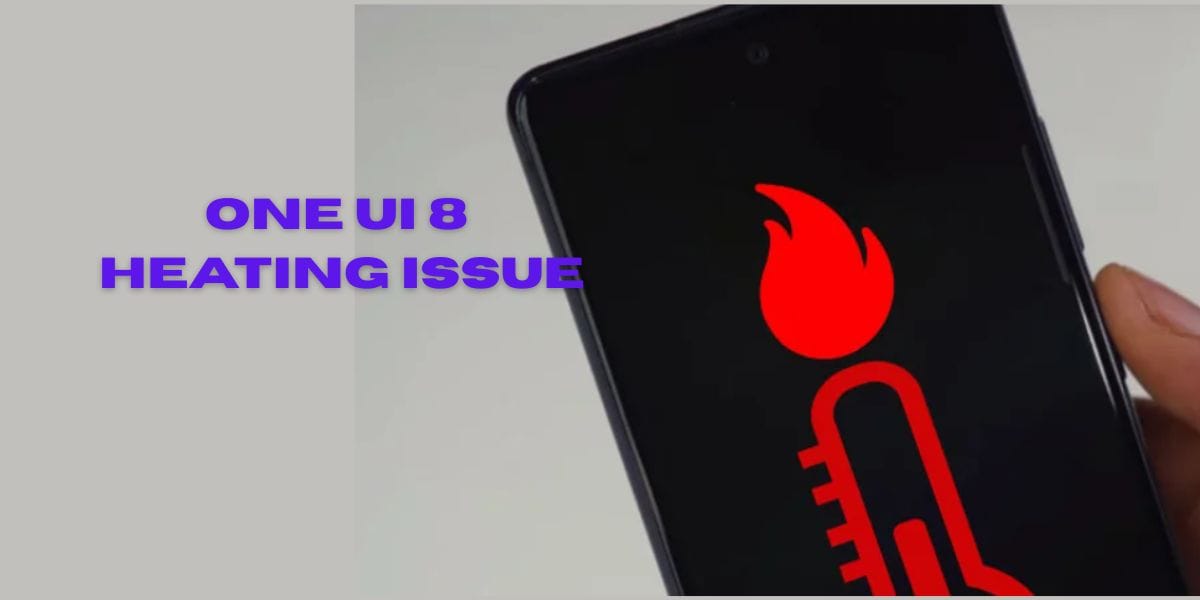Introduction
Honor 9X is fortunate enough to get under the Huawei-US debacle without a stretch. It could be the last smartphone from Honor to arrive in India since Google has withdrawn its license from Huawei except for the Android operating system. This means Honor had a lot to offer with the successor to Honor 8X, and it doesn’t fail to disappoint users with its bold design, triple camera support, enhanced chipset on-board among other stuff that the phone arrives in India with.
To clear one thing, Honor 9X doesn’t sport Kirin 810 processor which arrived with Honor 9X in China but rather a bit toned-down and still a roaring chipset from Huawei’s in-house chipmaking wing. Unlike other reviews where you are going to get biased opinions, we decided to check out the phone ourselves and after an extensive session spanning over a few days. So here is an unbiased review on Honor 9X and if it’s specifications & performance justify its price tag.
Read also: Oppo F15 Review
Prices in India, Variants, Availability
Similar to any Honor smartphone, Honor 9X comes with two colour options i.e. Midnight Black and Sapphire Blue. The Honor 9X with 4GB RAM is available at Rs 13,999/- while the larger 6GB RAM variant is available at just Rs 16,999/- after a Rs 3,000/- discount on Flipkart.
Box Contents
It is available with a stylish retail box which comes with a 10W charging adapter, the phone itself, a TPU case, Type-C Cable, SIM card ejector tool and a quickstart manual among other documentations.
Specs at a Glance
Talking about the specifications that Honor 9X brings on-board, the device has Huawei HiSilicon Kirin 710F processor which is manufactured on a 12nm node and features eight cores where four are high-performance Cortex-A73 cores clocked at 2.2GHz. The other four are power-efficient Cortex-A53 cores clocked at 1.7 GHz each. The device comes pre-loaded with the Mali-G51 MP4 graphics processor as well.
Although the device is available in 4GB+64GB, 4GB+128GB, 6GB+128GB, the first variant is not available in India. The device also has a hybrid SIM slot for a microSD card as well. Furthermore, the device has several sensors, including compass, proximity, gyroscope, accelerometer, among others.
Read also: Best mobile phones under 30000
Design and Build Quality
First of all, the phone has a dimension of 163.5×77.3×8.8mm which puts it 1.0mm thicker than its predecessor, although that could be explained with an increase in the battery size. Overall, the phone is neatly designed by Honor with front Corning Gorilla Glass (unspecified version) while the back does have a glass on-top but the material used is still a mystery. It does have an aluminium frame, and the unit weighs are 196.8g. It is also a tall phone with an aspect ratio of 19.5:9.
Yes, the phone is a bit heavy although Honor has made sure it is well-balanced so you won’t feel it much. Talking about the front design, it is a conventional no-notch front panel with a motorized pop-up sensor. On the back, the back panel is rather interesting as it has a 3D gradient design that showcases the pattern of alphabet ‘X’. This is something Honor calls as Dynamic X Design which has an excellent execution no doubt. For those who don’t have a clue at it, the gradient on the back panel is similar to Honor View 20’s V pattern but with ‘X’ inscribed with the 3D design.
Take a look on the left side of the back panel and you’ll see a triple camera sensor vertically stacked in a camera bump which is fairly small and has a metal rim running around it to prevent the glass on the camera attract scratches. A small but highly-placed fingerprint scanner and that’s pretty much all that you can see on the back of Honor 9X.
Moving forward, the Honor 9X does have a distinct placement for the SIM card slot which is a hybrid dual SIM slot situation on the top along with a microphone and a tactile front motorized pop-up sensor. There is nothing on the right and the left side managed to have a volume rocker and power button. Finally, the bottom side has a single speaker grille, a 3.5mm headphone jack which is on the verge of extinction, a Type C USB port, and the primary microphone.
Display
Talking about the display, Honor 9X is equipped with a 6.59-inch LTPS IPS LCD fullscreen panel without any distraction of any type of notch whatsoever. Albeit it is an LCD panel which is considered fairly average when compared to high-quality OLED panels, Honor 9X has managed to make it pretty impressive.
The tiny front bezels are tiny and the chin is average-sized. Since the front sensor is tucked in a motorized pop-up sensor, the screen flows smoothly. It stretches at the edges of the bezels with no distraction to interrupt your viewing experience. This has helped Honor achieve 91% of the screen-to-body ratio.
The display produces vibrant and rich colours and video viewing experience on Honor 9X is incredible, although the audio quality does put it under a hammer.
Performance
If you are looking for states, the Kirin 710F chipset with Mali-G51 MP4 GPU and UFS 2.1 storage does attract a score of 5,246 on a multi-core test on Geekbench 4 while scoring 1,264 points on Geekbench 5. These scores do put Honor 9X as a major letdown when it comes to performance, although the phone doesn’t feel slow when you are using it. To put things into perspective, the Geekbench 4 multi-core test scores for Honor 9X (5,345 points) are less than what Honor 8X achieve in a different test, i.e. 5,651 points.
We played PUBG Mobile which has become a norm when checking out the performance of any device and it managed to pull off without much hassle although at medium settings. You can play the game in high settings for some time but it will stress the processor and other components. The AnTuTu scores are at 140,362 which is a huge jump from 137,276 points on Honor 8X and falls just short of a few hundred points when compared to Huawei P30 Lite which uses the same processor as 9X.
The phone supports multitasking with ease and can handle all Android operations lag-free, and a great phone for gaming, although not when compared to any flagship phones so don’t overestimate it.
The device has a motorized pop-up front camera setup and comes with a fall detection system. This means that the pop-up sensor will retract if it detects that the device is falling. Since the pop-up assembly is a bit slow, we are afraid that falling from a low height might not allow it enough time to retract fully but hey, something is better than nothing.
Read also: Vivo S1 Pro Review
Software
Honor 9X comes with Android 9 Pie-based on EMUI 9.1 which is a custom UI from Huawei. The first thing you’ll notice when you take the phone in your hand is that all Google apps and services are intact are working without a glitch. In fact, Honor 9X is the last phone from Huawei and Honor to get GMS with Android OS because the US – Huawei ban went haywire.
This device is in tow to get Android 10-based EMUI 10 as well although the specific date is not available at the moment. Talking about the current OS and UI, it brings a lot of features on-board such as quick shortcuts, magazine lock screen style, and others. The device comes with a bunch of bloatware too. Apart from that, the UI is polished, transitions and animations are smooth, the notifications are well categorized, and more.
The phone’s GPS does show little inaccurate results while the Bluetooth keeps dropping but these are common problems that will be solved in the later updates.
Cameras
The phone’s camera assembly is powerful as well, at least when compared to its predecessor Honor 8X. The device has a triple rear camera setup which includes a 48MP primary wide-angle sensor with an aperture of f/1.8, a pixel size of 0.8micron, with PDAF and sensor size of half an inch. The primary sensor is flanked with an 8MP ultrawide sensor bearing a focal length of 13mm with an aperture of f/2.4 while the third is a depth sensor of 2MP with f/2.4 aperture which is used to depth perception.
Moving to the front, Honor 9X does have a 1/3“ 16MP motorized pop-up sensor with a pixel size of one micron and f/2.2 aperture.
The specs showcase that Honor did step up when it comes to the camera assembly but this doesn’t mean that the phone can click great photos and videos which for the sake of a quick one-word review, it doesn’t.
Speaking about the primary camera, the 48MP sensor does take good photos bright and detailed and does have autofocus which fine-tuned details a lot in close-up images as well. The thing is, the shots from Honor 9X primary sensor seems washed-out at certain conditions. The 8MP ultra-wide snapper has a field of view of 120°. Through the viewfinder, the phone does show a wider picture but contracts it in a flat image thereby creating noticeable distortion on the edges. This is a fairly common issue that we have seen in a lot of mid-range smartphones.
The 2MP depth sensor does make portrait shots look authentic and comes with accurate background blur which is a relief. The phone does have a 6x digital zoom although this can create low-resolution photos so it’s better to stay uptight with standard photos and crop them later. The phone also has a night mode so you can expect a bit brighter and detailed shots at night although we already mentioned that the phone can pull off ‘good’ or average photography so there might be some compromises here and there.
The front is a 16MP sensor which takes barely a second to pop-up when required. It does take photos that are quite usable with pale and washed-out colours and a few shortcomings. You can always use a photo editing app like Adobe Lightroom to get the best photos once you edit them.
Battery Life
The phone does sport a humongous 4,000 mAh battery which is almost 250 mAh larger than its predecessor. Overall, the phone can withstand an HD video loop test for almost 12:02 hours which is quite decent if not the best.
Honor 9X can handle a lot of multitasking, streaming, and more with its huge battery and can put off more than a day on moderate usage while you can stretch it up to two days with mixed usage. This is one of the USP of Honor 9X especially when it could be the last phone from Honor to launch internationally or at least in India with any Google apps and services.
The battery life on Honor 9X was able to record a whopping 99 hours in endurance test while it managed to pull of 28:21 hours on 3G. Apart from that, the phone has a 10W battery charging which isn’t that great but given the fact that the adapter is 5A/2V, the battery charges up to 27% in half an hour while the entire battery fills up with adrenaline (of course juice) in almost two hours to charge in full. It’s not the battery but the charging speed which is a major blow to anyone who isn’t that patience to keep the phone plugged into the charger for two hours straight.
Read also: Oppo Reno 3 Review
Audio and Biometrics
First up, the biometrics on Honor 9X includes a rear-mounted fingerprint scanner that looks aesthetically good. It is responsive and undoubtedly one of the best in terms of accuracy and reliability. But we should make it clear that you should always register two or three forms of your finger (whichever you use to unlock the phone). This is because, at times, the fingerprint scanners fail to recognize any specific fingerprint even when it is registered, which is why they require another tap to unlock. With multiple versions of the same fingerprint, the error rate is decreased to 1%.
Coming to the face unlock feature, we didn’t find it on Honor 9X in India so yes, this is a bit of a letdown in case if you have been using the feature on other smartphones.
The phone has a single firing loudspeaker at the bottom which can buzz at 81.8 dB when ringing, 71.5 dB when it is playing music and 65.6 dB in voice quality as per recorded data although this might differ in some conditions. These stats put the phone above Realme X, Realme XT, Honor 8X and a few other devices.
The phone does produce loud sound although the output that comes via its external amplifier isn’t that of a big deal. If you are a music lover and someone who rocks headphones and earphones and know about quality and all, you would notice that the output via these external accessories isn’t on par with the one that it’s speaker fires up.
Pros & Cons
Pros:
Long battery life
Notch-free front display
Stunning design
Cons:
Cameras are just average
A downgrade from its Chinese variant (Kirin 810 to 710)
Slow 10W charging speed
Honor 9X is a solid successor to Honor 8X and does feature several upgrades for that matter. We would say that the inclusion of huge battery, a 3.5mm headphone jack, and vibrant LCD panel, and a decent processor are some of the traits that make Honor 9X an all-rounder where you are getting a lot by paying a lot less. It is especially for those who want to use their Honor 9X as a daily driver which involves apps multitasking, a bit of gaming here and there (although more gaming with intervals is entertained), decent camera photography and videos so yes, Honor 9X is worth a try.
It won’t perform as a Huawei P30 Pro would perform but does have enough to fend off its competitors like Oppo Reno Z, Honor 20 Lite, Huawei P30 Lite that have equally powerful SoCs although from different chipmakers. Tell us what you think about Honor 9X and if you would buy it or not.


